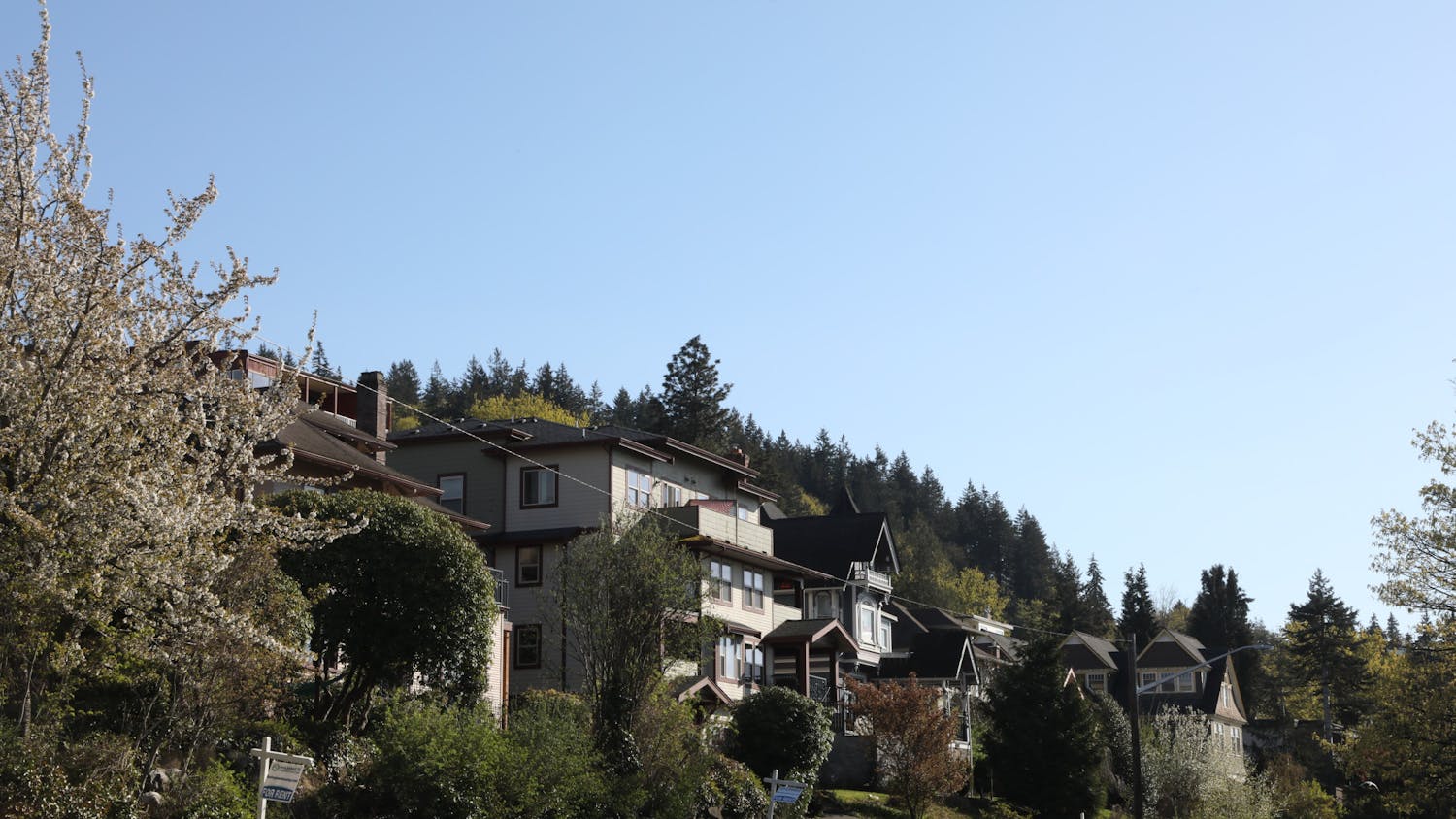
By Jordan Kiel
The Puget Sound is the home to diverse marine life. From mussels and clams, salmon and bass and killer whales, many organisms depend on sound for their survival.
The current state of the sound according to a new study by the University of Washington Center for Urban Waters, is worse than previously thought.
“We are using thousands of chemicals in our daily life and many of them end up in the marine environment,” Zhenyu Tian, co-author of the study, said. “We aimed to identify and prioritize unknown and unregulated contaminants in marine water of Puget Sound.”
The study found 64 previously undetected chemicals in the Puget Sound, eight at potentially hazardous levels. During the study, they sampled water from 18 regions of the Puget Sound with different levels of industrial activity.
“What we’ve known for a long time is that the pollution in the Sound comes from so many different outlets,” said communications manager for Washington Environmental Council, Nick Abraham. “So the surprising part isn’t so much the number of chemicals it’s the amount of certain chemicals.”
The eight chemicals researchers are most worried about were localized to hot spots in the Sound, and were not present at all in the sampling sites. Tian said the concentrations of the detected chemicals are still low and will not be acutely toxic at this concentration.
Scott Redman, the science evaluation program director for Puget Sound Partnership, said the results of this study show the ongoing trend that urban bays are typically the most polluted areas of the Sound. While the study did not go further north than Port Townsend, Redman said Bellingham Bay has the same characteristics that lead to high pollution, a semi-enclosed body of water and industrial activity.
Redman said he was worried about the pesticides and pharmaceuticals in the sound that are designed to be biologically active. Biologically active chemical compounds have direct effects on the way living things function, according to the U.S. National Library of Medicine. Of the eight chemicals at potentially hazardous levels, one was an antidepressant and two were herbicides.
The chemicals are normally not lethal to fish but they can cause a build up of toxicity in the nervous system or the reproductive system, which means the fish can’t sustain their population as well, Redman said.
Bioaccumulation, the gradual build up of a substance in an organism, could become a problem for communities of people who have no choice but to fish from urban bays, Redman said.
“I think the public should realize that the contaminants in the sea are from our daily life: our food, pharmaceuticals, cars and pesticides,” Tian said. “The chemicals we use will not magically disappear.”
Tian said the next logical steps are to more accurately measure the amount of chemicals in the water and the source of the chemicals; the study is just the start.
As far as keeping the Sound clean, Redman said institutions and individuals alike need solutions to tackle more than one chemical at a time.
“This study tells us how many chemicals are really in our lives and in the Puget Sound,” Redman said.
Redman said people need to be more conscious about what they are flushing down their toilets and that institutions in charge need to deal with the high amount of chemicals coming from wastewater.
Abraham said there are many different solutions to the problem because the Sound is being polluted from many sources. He recommends things like building rain gardens and advocating for the use of public transport while also getting involved in policy advocacy.
Two of the other eight chemicals were vehicle related contaminants that can be found in tires or in other parts of vehicles. Redman said he hopes tire manufacturers will work with groups like the Puget Sound Partnership in order to try to protect the sound by changing how they do things.
The other three chemicals at potentially hazardous levels include two found in plastics and the highly-studied chemical PFOS. PFOS, or Perfluorooctane Sulfonate, is a human-made compound used in an array of products from carpet treatment to non-stick coating on cookware, according to the U.S. Environmental Protection Agency. Studies have found links between PFOS and high cholesterol, thyroid disorders, cancer and more in humans. Additionally, PFOS has proven to be toxic to laboratory animals.
According to the study, “bioaccumulation and adverse effects of PFOS in marine animals have been reported making its detection especially concerning because Puget Sound habitats are used by endangered marine mammals such as the Southern Resident Killer Whale.”
Abraham said the orca is a symbol in keeping the Sound clean for the Washington Environmental Council. While chemicals in the water affect everyone involved, focusing on orcas help people focus on the problem. For the Washington Environmental Council, the findings of the study upped the urgency of their advocacy but did not change what they were advocating for.
Redman said the study was an innovative combination of casting a wide net for chemical analysis and helping the general public understand which chemicals are relevant. He said it was gratifying to see researchers use their resources in this way.
“[This study] should help us confront how little we really know about our effects on a special place like the Sound,” Redman said.
He said people may know there are problems keeping the sound clean, but this study shows just how many chemicals that Western Washington cities are producing make their way to the sound.
“People think of the Puget Sound as clean and pristine,” Abraham said.“The more people know about the extent of the problem the more people will get involved.”





